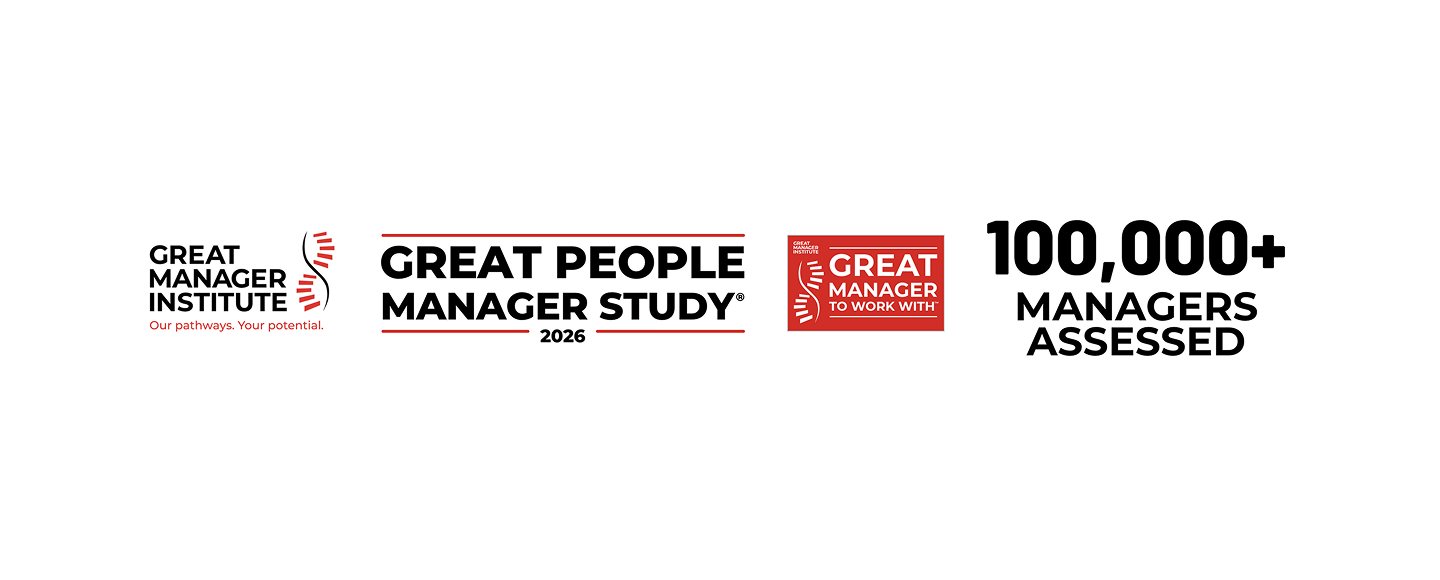Conflict or strife, as much as we try to avoid it somehow manages to make its way into our personal and professional lives. Trying to avoid the same may worsen a situation. Conflicts in general are disruptive and the prolonged ones tend to have a severe impact on the team or the company altogether, depending on the nature and intensity of the same. The world is evolving and the workplace is striving to be inclusive, We see people from different backgrounds, cities, ethnicities, languages etcetera become a part of a single organisation. Based on several intersectionalities, the chances of conflicts occurring are relatively low. It may cause frustration and discomfort, impact performances, and may lead to attrition and loss. It has an impact on the morale of the organisation as well. We can’t make sure that no dispute or issue ever occurs but we can equip ourselves with tools to manage the same.
One thing we must keep in mind is that individuals deal with or face conflicts in different ways. Some people are confrontational and like to address issues in the moment while others prefer not speaking up or addressing their issues at all. Some people also find it difficult to let go of certain things while some don’t say or do anything at all despite feeling that they have been wronged. Therefore, instead of trying to prevent conflicts managers must be trained and equipped with the knowledge or methods that help resolve conflict efficiently.
When leaders use the appropriate means to solve issues they reduce the chances of the issues resurfacing. Creating a program or a segment that addresses conflict resolution is fundamental, it shows that a company prioritises a stress-free positive environment and that they are serious about dealing with such situations. Managing and solving conflict is integral to a business or a workplace as it distinguishes good businesses from bad ones.
The first step to resolving and/or managing conflicts is
Clarity
Making yourself aware of the reason or reasons for a conflict is the first and most important step to solving the same. Once you become aware of the problem that both sides may have, it is imperative to dive deeper and know the root cause of a conflict. Defining the cause helps in understanding how it all started. Ensure you obtain as much information as possible on each side’s outlook. Continue asking questions until you are confident that all the conflicting parties understand the issue. Once you know both sides or multiple sides it becomes easier to solve an issue. All the parties involved can then be brought together, the manager serves as the mediator and makes their way to a solution.
Confidentiality and Safety
Conflicts involve two or more sides. While trying to resolve conflicts a manager or a leader has to be neutral and unbiased. One must ensure that they ‘don’t carry tails’. Once one party confides in you, whatever they have confided should not be spread among other employees, it should only be relayed to seniors if required. Such discussions should also take place in private spaces, both parties involved must be taken aside, into a manager’s office or a place where the party concerned is comfortable. The mental well-being of the parties involved must be taken into account. It helps in building trust thus, making it a little easier to reach a solution.
Be an active listener
Once you’ve heard all the sides or perspectives of those involved, bring the parties involved together. Before you proceed with conflict resolution establish a few ground rules first. For example, you as a manager will not be taking sides in cases where it isn’t required, all sides will be heard first, and no one will interrupt anyone while they speak so on and so forth. Give each party equal time to express their thoughts and concerns without favouring the other. Embrace a positive and assertive approach while in the meeting. This approach will allow all parties to articulate their thoughts openly and honestly as well as comprehend the causes of the conflict and identify solutions.
Once this discussion ends, don’t be in a hurry to reach a decision, take some time to completely understand the gravity of the situation and involve higher-ups if required. Avoid saying anything in anyone’s favour or making specific statements until and unless it is required.
Investigate on your own
Being an active listener helps in understanding how the parties involved feel, especially when the discussions take place in person. After which you must dig deeper and find out more about the happenings, involved parties, the issues, and how people feel about this particular situation. Have individual and confidential conversations with those involved and make sure you listen and understand completely. To make sure you are aware of what’s going on you can summarize their statements and replicate them back to them. Also, try finding any underlying conflict sources that may not be evident or noticeable at first.
Common Goal
After you’ve heard all the parties involved and have found things out on your own, you must start the conversation about meeting a common goal, about reaching an end to a particular conflict. So after your investigation, with all the parties involved, try to determine ways through which the problem can be solved.
Run ideas through each party and try to find common ground, try to find solutions everyone can agree upon. After which you can assign certain responsibilities to everyone, responsibilities if followed would ensure that a particular conflict is over for good.
As a manager, a few things must be kept in mind while facing/dealing with conflicts. The first and most important one is being objective and unbiased. Managers must strive to possess such qualities. It makes one reliable and trustworthy, both your superiors and team members can rely on you to make beneficial decisions, decisions that may go on to benefit the team initially and the organisation as a whole.
Another factor you must be aware of is your mindset as a manager, When you see a conflict or a dispute emerging between 2 employees or more, try and have a positive outlook. A mindset like that of knowing you and your employees can overcome this issue. Once your employees or team members see this attitude in you, they too will be encouraged to try and solve problems. The last factor is to encourage active and healthy communication.
Irrespective of the condition or attitude of your team, each and every one must have an open line of communication and understanding. It helps in the smooth sailing of a team and avoiding conflicts as well.











